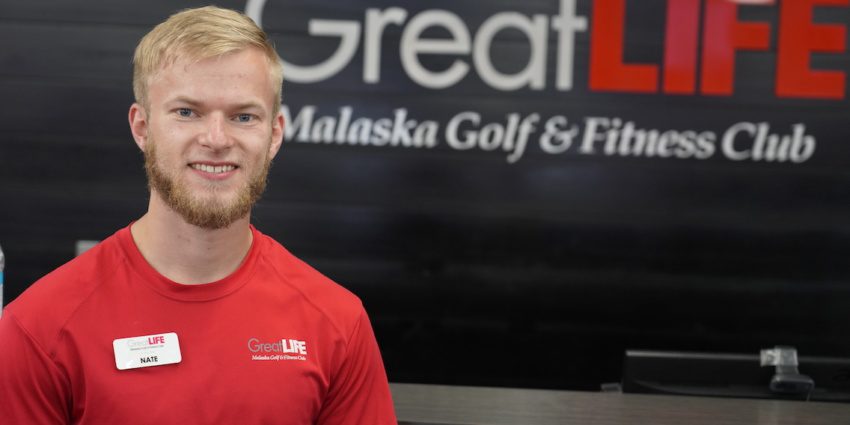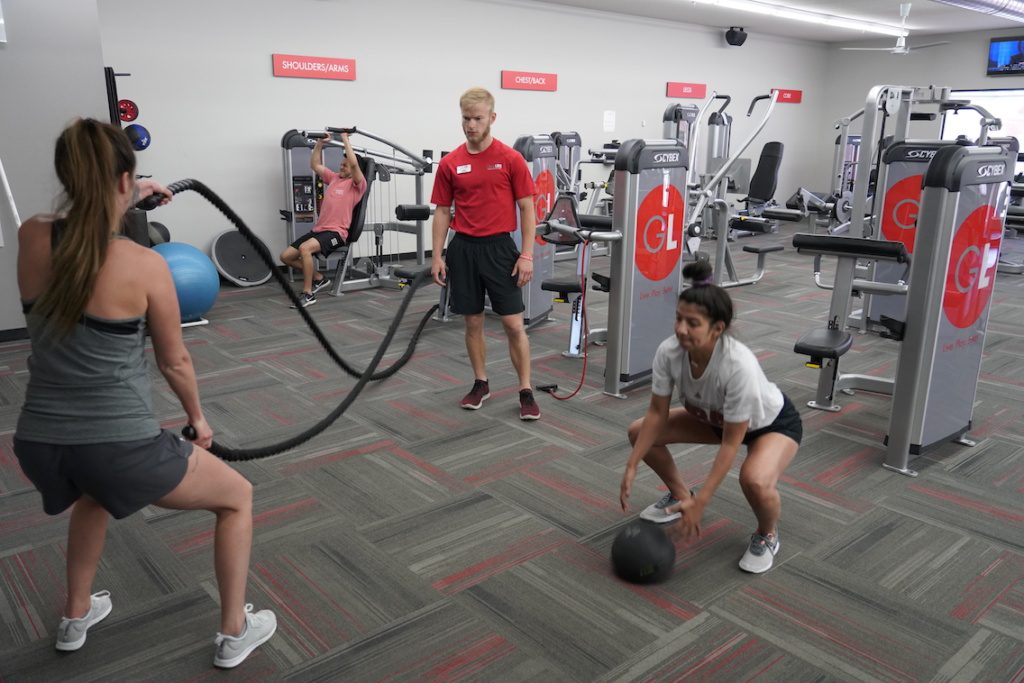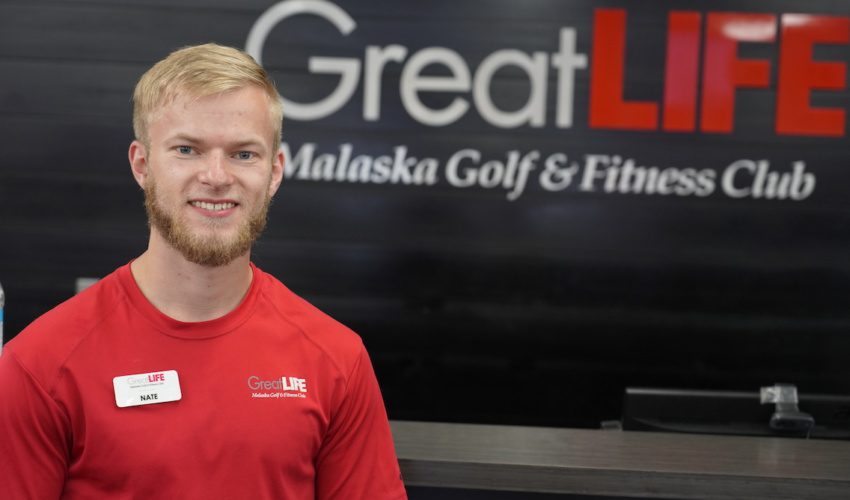Get in shape for golf with this golf fitness specialist
June 11, 2018
This paid piece is sponsored by GreatLIFE Golf & Fitness.
Golfers, it’s important to get in the gym if you want to make the most of your season.
GreatLIFE personal trainer Nate Christensen can take it from there.
He’s the first certified golf fitness specialist at GreatLIFE, which means he can train you specifically for golf – helping prevent injury and improving your game.
We asked him to tell us more about how it works.
What message do you have for golfers when it comes to fitness?
First, just adjust their schedules. It’s the time of year when they are golfing, so a lot of people are afraid to spend time in the gym because they want to spend all their time on the golf course. But if you’re out there that much without addressing problem areas, such as a tight lower back, you’re at risk for injury because if your body isn’t ready, it can really take you out. Try to be open-minded when it comes to improving your golf game. There are plenty of ways to make you a better golfer without spending hours every day on the course.
What kind of issues do you see when that happens?
I hear a lot of stories, especially from older gentlemen, who used to love to golf, but now they don’t even want to because they have put too much stress on the body during just one round or one swing. They swung too hard and threw out their back and never did it again. You get a lot of people who only golf once in awhile and never exercise, and then they expect to be able to swing as hard as they can with accuracy. And next thing you know, their back is sore a week. You wouldn’t perform a fast, twisting movement through the spine if you were out of shape normally and not expect to get hurt, right? So it’s important your body is ready.
What does a golf-related workout look like?
Depending on the person, we go through some assessments on flexibility, balance, core, strength, power and endurance. I like to start the workout with a solid warm-up where we work on different areas where we might be more tight. A lot of people are tight within their hips and lower back, especially older golfers and some younger ones who have trouble with their swing, so we try to loosen the hips and stretch out areas I deem tight during the assessment.
Then we go into some core power movements, such as side throws that simulate a golf swings — I have a lot of variations of those — chest passes, and then we go into more strength movements. I like to work with multiplanar movements when it comes to strength training. We’re not just doing a press, we’re doing a rotating press or doing a step up to the side but also turning and rotating, so we combine different movements to make it more applicable on the course trying to produce power. Doing just a bench press or shoulder press, it’s hard to make that directly applicable to golf.
We might do some types of endurance training as needed; that just depends on the person. I will also throw in balance training either on a ball or unstable surface. And I like to use bands a lot to simulate things that will work core stability, so you learn to have a solid base when swinging the club because you won’t always be on a solid surface all the time.
We try to simulate as many movements as possible that can happen on the golf course, not just to keep you away from injury but to help you play better as well.
How long does it take, and how often should you go?
I typically recommend at least 45 minutes for a workout, but I do offer half-hour and hour options. An hour is great to allow time for enough warm-up and stretching. After a few sessions, I give out a flexibility program to the client, and they can do stretching on their own, so they’re ready to go as soon as we hit the workout. We might address one or two things, but we can go right into balance and stability and power and strength training
It’s typically recommended depending on how much you golf that you work out two to four times a week in season. They aren’t meant to be super strenuous. They’re meant to get your body moving the way it’s supposed to be, loosen you up and make sure you can rotate at a faster rate, safely. A lot of people golf on weekends, so I like to space it out to get workouts in Monday through Thursday, so you can have a possible rest day and start golfing.
So can it actually improve your game?
Studies have shown in as little as eight weeks a program can significantly improve swing mechanics and golf performance by increasing club head speed, decreasing golf trajectory errors — slicing/hooking — and reducing total golf scores. A lot of times, people will start really hot, and their body starts to wear down after nine or 10 holes. This makes sure you’re in top shape to swing up to 200 times on the course, including practice swings. A golf swing produces a huge amount of force in a short amount of time, so if your not trained to handle this, it’s a lot to put on your body. All in all, a golf fitness program is designed to get you to move more naturally and produce a more fluid, powerful swing.
How can people get started?
It works just like personal training. If you’re interested, I’ll meet and talk through your options because it’s something new we offer. We start with an assessment. I’ll look at your swing and see if I can find spots of improvement to work on right away. You can reach me at [email protected] or 507-215-5396.









